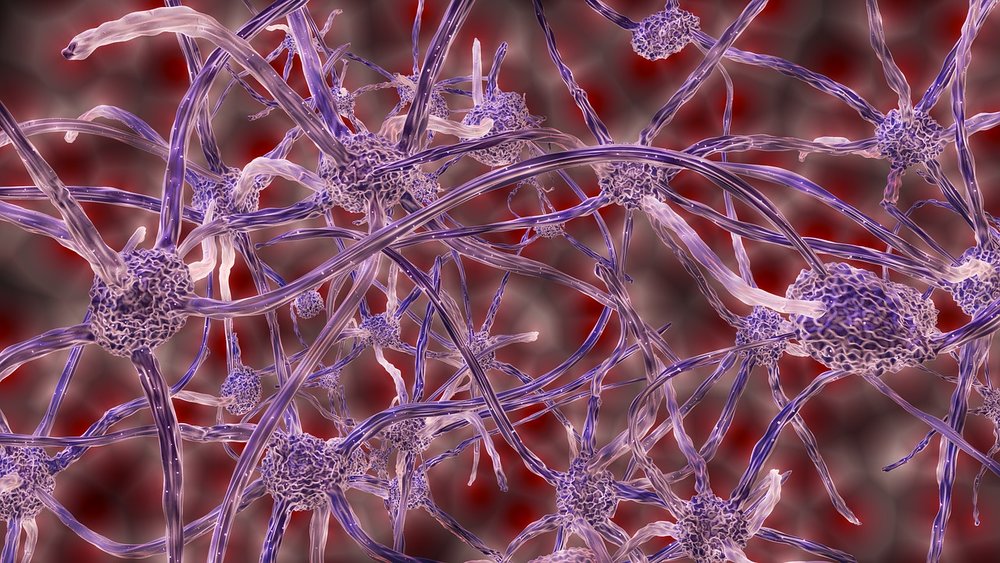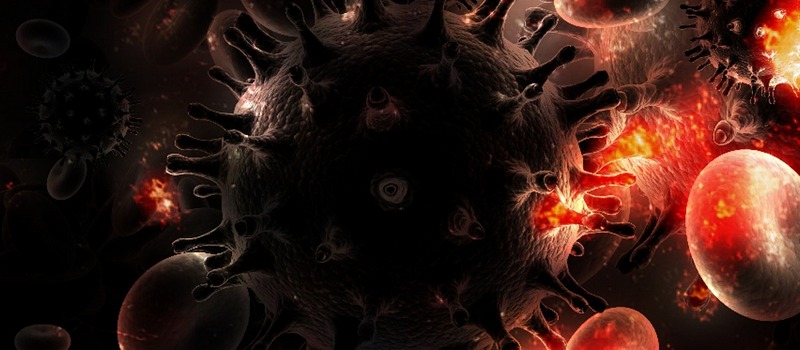Scientists from Stanford published new data that could influence the clinical use of CRISPR/Cas9 in the future. Humans carry antibodies and T-cells that target the Cas9 protein and might possess an inherent immunity, indicating that one of the biggest advances in genetic engineering should be observed from an additional angle.
Matthew Porteus, lead author of the paper and an associate professor of pediatrics at the Stanford School of Medicine, wrote an early draft of a scientific paper about potential human immunity to the Cas9 protein. It caused major turmoil and even led the stock prices of companies developing CRISPR-based therapies to drop. Porteus was a scientific founder and remains a scientific advisor for CRISPR Therapeutics. According to him, it was all an overreaction.
“It was far better for the field to learn about this now, rather than later when something potentially more serious might have occurred,” said Porteus for Seeker.
The research group revealed that most human immune systems carry existing antibodies and even some T-cells that target the two most common forms of the Cas9 protein, derived from Streptococcus pyogenes and Staphylococcus aureus. The blood of 22 newborns and 12 adults was searched for antibodies to Cas9, a cutting protein that induces site-directed double-strand breaks in DNA. These breaks can lead to gene inactivation or the introduction of heterologous genes. They found the protective molecules in more than 65 percent of the people they examined.
As high as 79 percent of human blood samples carried antibodies for SaCas9, a version of the Cas9 protein derived from the bacteria S. aureus. 65 percent carried antibodies for SpCas9 which comes from S. pyogenes. After further inspection, they found that 46 percent of donors carried T-cells that specifically hunt down SaCas9, but none that target SpCas9.
Since several companies and universities want to apply for human CRISPR trials, they hope the new discovery will not slow down the approval processes from The US Food and Drug Administration (FDA).
Porteus noted that he wasn’t surprised by the presence of antibodies and T-cells detected. Both Staph and Strep bacteria are common in the environment and our immune system developed defenses against these types of pathogens.
“I’d talk to people who do in vivo editing” – where CRISPR-Cas9 is used to makes DNA edits inside a living organism – “and ask them, ‘Aren’t you concerned about the potential for this bacterial protein to trigger an immune response?’ And people would nod their heads. Eventually, I said, look, I keep bringing it up, at some point, I have to put my money where my mouth is and look at it myself, so that’s what we did.”
This paper is important because it raised awareness. The body may only react with mild, flu-like symptoms when Cas9 is present, or may not react at all. Besides, many of the proposed CRISPR-based therapies are done ex vivo, where little if no Cas9 will make it back into the body. A patients’ cells are extracted, “repaired” with CRISPR, grown out in a lab, and then re-implanted back into the patient.
Still, there’s always the possibility of a worst-case scenario, in which the presence of Cas9 “causes a very serious inflammatory response and makes the patient very sick,” said Porteus. “And in the development of gene therapy, that has happened.”
Porteus was referring to the case of Jesse Gelsinger. In 1999 he underwent an early gene therapy trial that used adenovirus as a vector to deliver a genetic fix to his cells. Researchers tested the adenovirus vector in mice, monkeys, and one other human patient with no severe side effects. Unfortunately, Gelsinger’s immune system triggered a chain reaction that quickly led to lung failure, kidney failure, and brain death.
Samarth Kulkarni, the CEO of CRISPR Therapeutics, told the Boston Globe that the antigen and T-cell numbers weren’t new. According to him, someone in the press picked it up and sensationalized it, and all of a sudden, articles were everywhere. Porteus decided to pre-print a paper based on the immunity data since the peer-review process is often very long.
“We really felt like it was important to let the community know that this exists,” said Porteus, “so while the paper was under review, people could start thinking about it, scientifically critiquing it, and build on it, so there wasn’t this scientific delay in getting this knowledge out there.”
Porteus never expected that his paper would get so much publicity and temporarily shake the share value of CRISPR companies. Cas9 has alternatives that are not derived from pathogenic bacteria though. A very promising candidate is a protein called Cpf1. Even if Cas9 immunity proves to be a serious issue, CRISPR-based therapies in humans likely still have a bright future.
Learn how to introduce CRISPR to people, taking in consideration their education and life experience:
By Andreja Gregoric, MSc











